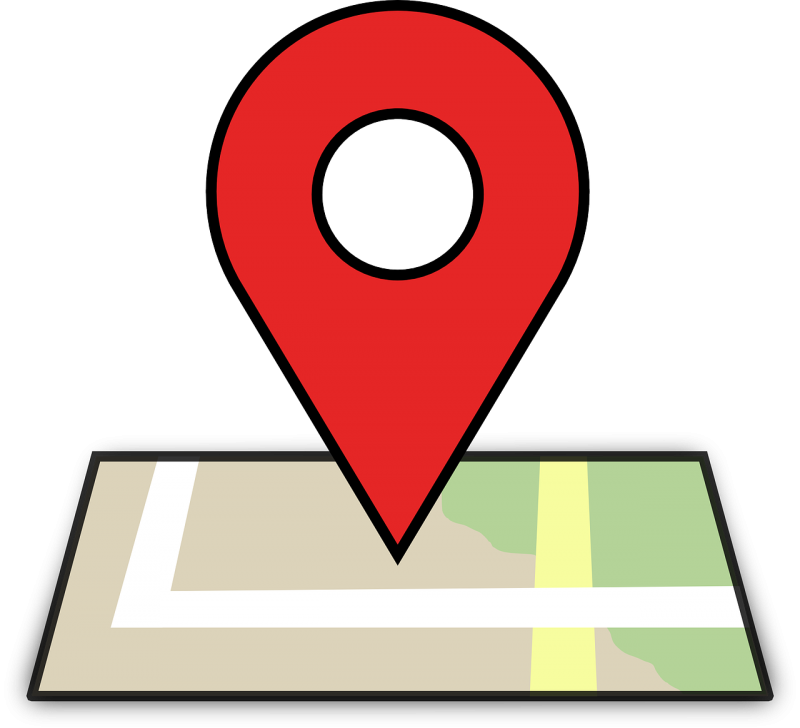A few years ago, customers didn’t mind waiting a few days or even a week to receive their orders. But competition in the e-commerce sector has tremendously affected customer expectations.
Today if you can’t deliver the same day or at most the following day, you can be sure that your customers will be looking elsewhere the next time they need to order an item. This pressure to deliver fast calls for efficient route planning to reduce delivery time and cut fuel costs.
If you are having challenges with your route planning, this post offers tips on making deliveries in multiple stops with as little driving as possible.
Try Out Free Route Planning Software
If you are in the courier business, you already know that manual route planning doesn’t work anymore. It is only a matter of time before it costs you your customers due to delays if you are stuck with it.
To remain competitive, you will need to incorporate a route planning tool to improve your delivery service efficiency.
But you do not have to go for an expensive route planner. You can start with a free version that allows you to plan for multiple stops.
Unlike most free route planning tools on the market that only offer driving directions, this free route planner from Circuit allows you to optimize your route to ensure that you make your deliveries in the shortest time possible. However, if you have more than ten stops to optimize, you may need to upgrade to a paid option that allows you to optimize unlimited stops.
Google Route Planner
Most people know that Google Maps can help you move from point A to B. But many do not know that you can use it to plan delivery routes with several stops.
While Google Maps is the better alternative to manual route planning, it has various limitations as a route planner.
For example, if you are looking to move from point A to B, Google Maps can help you get the shortest route possible and real-time traffic density on the route. However, when using it as a route optimizer with multiple stops, Google Maps can not help you get the shortest route or prioritize some deliveries.
You have to reorder your stops manually in the way you feel makes sense which can be time-consuming. Additionally, Google Maps is limited to 10 stops, so if you are looking to plan a route with more than ten deliveries, Google Maps may not be the best option.
Tips for Planning Routes
-
Cluster Your Destinations
If you have several delivery employees making deliveries simultaneously, you will need to start by clustering your deliveries before assigning your delivery personnel to a specific route.
Clustering means zoning or bringing together deliveries in one geographical area and assigning one delivery person to the zone.
-
Organize Stops by Priority
The most optimal route is not always the best if it cannot allow for deliveries based on priority. The best thing is if you have reliable route planning software, it is possible to mark priority stops and have the tool optimize the route based on what stops you prioritize.
-
Gather Data for Future Deliveries
Every stop should be an opportunity for gathering insight for future deliveries. For example, if you cluster your stops in a given route and realize that it is difficult to fulfill all the orders within the time limit, you can use the insight when zoning future stops.
-
Be Flexible
A customer may want to change the delivery location, and they should be able to do so. But that can only happen if your route planning tool allows for such flexibility. If you choose a route planning tool, make sure you go for one that is flexible enough to allow for last-minute changes.


















